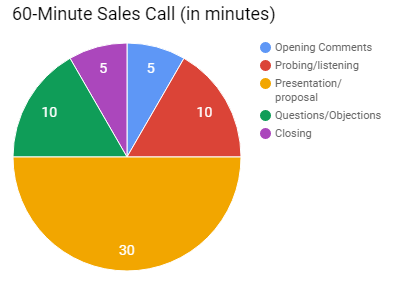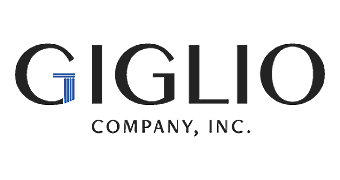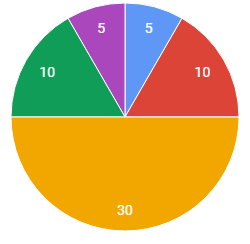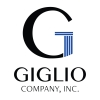Timing a Sales Call
Many factors come into play at a sales meeting, and it’s impossible to control them all. But, one you CAN control is the timing of the agenda. By stating clearly at the beginning of the meeting exactly what you intend to do and how long the process will take, and then getting agreement to it, you command the situation and stay in charge of the meeting.
However, like many things…this says easy, does hard. Clients aren’t always amenable to your agenda and timing. Here are a few tips to make that easier to handle.
Ask for the Time
We’ve all done it….run out of time. This is especially disturbing when you don’t get to the “close” of a presentation. A lot of factors contribute to that happening but, I’ve found the biggest is when people don’t stick to their own timing.
Critical to this is asking, up front, how much time your client has, especially when you are greeted with “I don’t have much time today.” I recommend you probe further about this to eliminate the guesswork. “I’m sorry you are rushed today. How much time do you have for us to discuss your [fill in their critical need here].” At this point, you have gotten a commitment of time. That’s a start.
But how do you break up that time so that you accomplish your mission?
Set the Timing
Below is a chart with my recommended timing for a one-hour sales call:

Starting with your Opening Comments, everything has a time limit. Yes, the “chit-chat” at the start of the meeting always happens and it is a time to break the ice but, you have to know it is eating into your opening volley. Take up four minutes with introductions and you’ll have just one left to introduce your intended purpose.
Use this guide when putting together your agenda. Each element is critical because it has either your client or you delivering important information. That’s right….your presentation is not just about YOU talking. You’ll see that I dedicate 10 minutes right at the beginning to “Probing and Listening.” You might have entered the meeting thinking you’ve nailed your recommendations but, this is the time to find out new information and adjust your recommendations so that your information is relevant to their current situation.
Stick to the Timing
Each element in this presentation guide is critical so, don’t bypass one just to get to the other. Believe me, that’s easy to do. So many times, I’ve seen even veteran salespeople skip the last step…the closing! Many times it’s because they’ve run out of time. That’s a cardinal sin in my book. You are in charge of the time! Be sure you give yourself the space at the end to ask for what you came there for or, you risk the meeting being a waste of everyone’s time.
“Yes, but my client wanted to discuss some other stuff and that messed up the agenda.” It happens…a client wants to go on and on about issues that may, or may not, be relevant to your presentation. Again, you have to take control here. “I understand that these are important issues and I’m happy to address them. However, given the time you’ve allotted us today, can we either extend our time or, focus on [critical issue] today and I can return to discuss those issues?” Either way, you’ve just regained control.
“But Steve…what if they don’t give me a full hour?” Sure….60 minutes is a good bit of time and clients may not give it to you. So, once you find out (hopefully well in advance of the meeting) how much time they do have, scale the timing to fit it. But keep the proportions the same so that you can be effective delivering your presentation and reserve time at the end for questions and the closing.
You may get only one shot at this meeting so, stay in control of it by organizing and adhering to your agenda.
Using this timing chart as a guide, let me know how your next meeting goes with a reply below. Thanks! -sg




